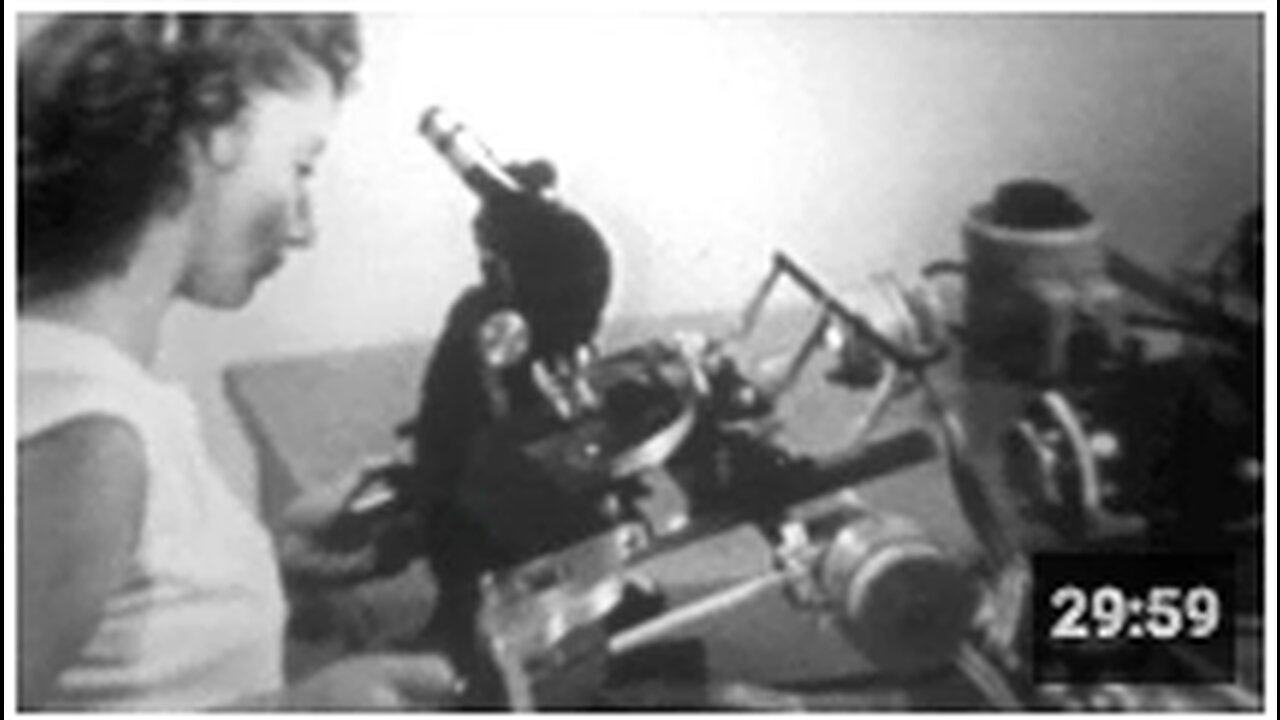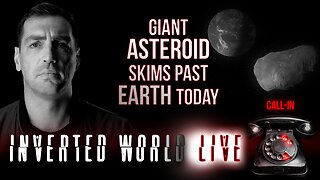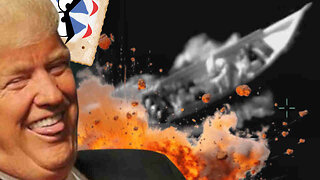Premium Only Content

Science in Action #355: Earth's Radiation Belt (1959) | California Academy of Sciences
Episode #355, "Earth's Radiation Belts," explored the methods used by scientists at the Lawrence Livermore National Laboratory to determine the intensity and effects of Van Allen radiation belts surrounding the Earth. This particular episode aired in 1959 -- two years after Soviet dog Laika became the first animal in orbit, two years before Russian cosmonaut Yuri Gagarin completed the first successful human spaceflight, and three years before astronaut John Glenn piloted the Mercury-Atlas 6 around the Earth. In 1959, the question voiced by host Earl Herald was one of the key scientific mysteries at the start of the Space Race: "what [are these radiation belts] going to mean for the first person to take off from the earth as a space traveller?"
Herald interviewed three researchers at the Lawrence Livermore National Laboratory (then known as the Lawrence Radiation Laboratory at UC Berkeley). Dr. R. Stephen White (Leader of the Nuclear Effects Group), Dr. Stanley Freden (Senior Staff Physicist), and Dr. Hal Oliver (Head of Processing Department), explained LLNL's method of radiation testing in the Van Allen belts: mounting an emulsion stack on a rocket, which was then launched into the region of the radiation belts using a rockoon (a rocket suspended from a high-altitude balloon), recovered upon returning to Earth, and processed to test for radiation intensity.
Further Info:
http://americanmoon.org/VanAllen/index.htm
Mirrored - California Academy of Sciences
-
 8:30
8:30
Biological Medicine
1 hour agoEat Quinoa Every Day, See What Happens To Your Body
75 -
 2:07:22
2:07:22
Inverted World Live
11 hours agoGiant Asteroid Skims Past Earth Today | Ep. 102
51.1K5 -
 3:11:00
3:11:00
TimcastIRL
8 hours agoTrump Kills 11 Narco Terrorists, Democrats Warn War With Venezuela Coming | Timcast IRL
187K203 -
 13:07
13:07
Robbi On The Record
3 days ago $6.39 earnedSweet Poison: The Big Fat Lie That’s Killing America
55.5K26 -
 5:35:49
5:35:49
Drew Hernandez
13 hours agoEPSTEIN VICTIMS SPEAK OUT & TRUMP DOUBLES DOWN
49.5K37 -
 1:36:41
1:36:41
FreshandFit
9 hours agoWe Are QUITTING YouTube...
66.7K52 -
 2:34:22
2:34:22
TheSaltyCracker
9 hours agoDrug Smugglers Blown Up 9-03-25
111K227 -
 3:12:59
3:12:59
VapinGamers
8 hours ago $2.09 earnedGrim Trials - Game Review/Playthru - Rougelight Dungeon Crawler - !rumbot !music
35.6K -
 2:47:55
2:47:55
Mally_Mouse
15 hours ago🎮 Let's Play!! -- Jak 2 pt. 16
66.1K2 -
 52:23
52:23
MattMorseTV
10 hours ago $19.87 earned🔴The Cartels are SCREWED.🔴
126K135